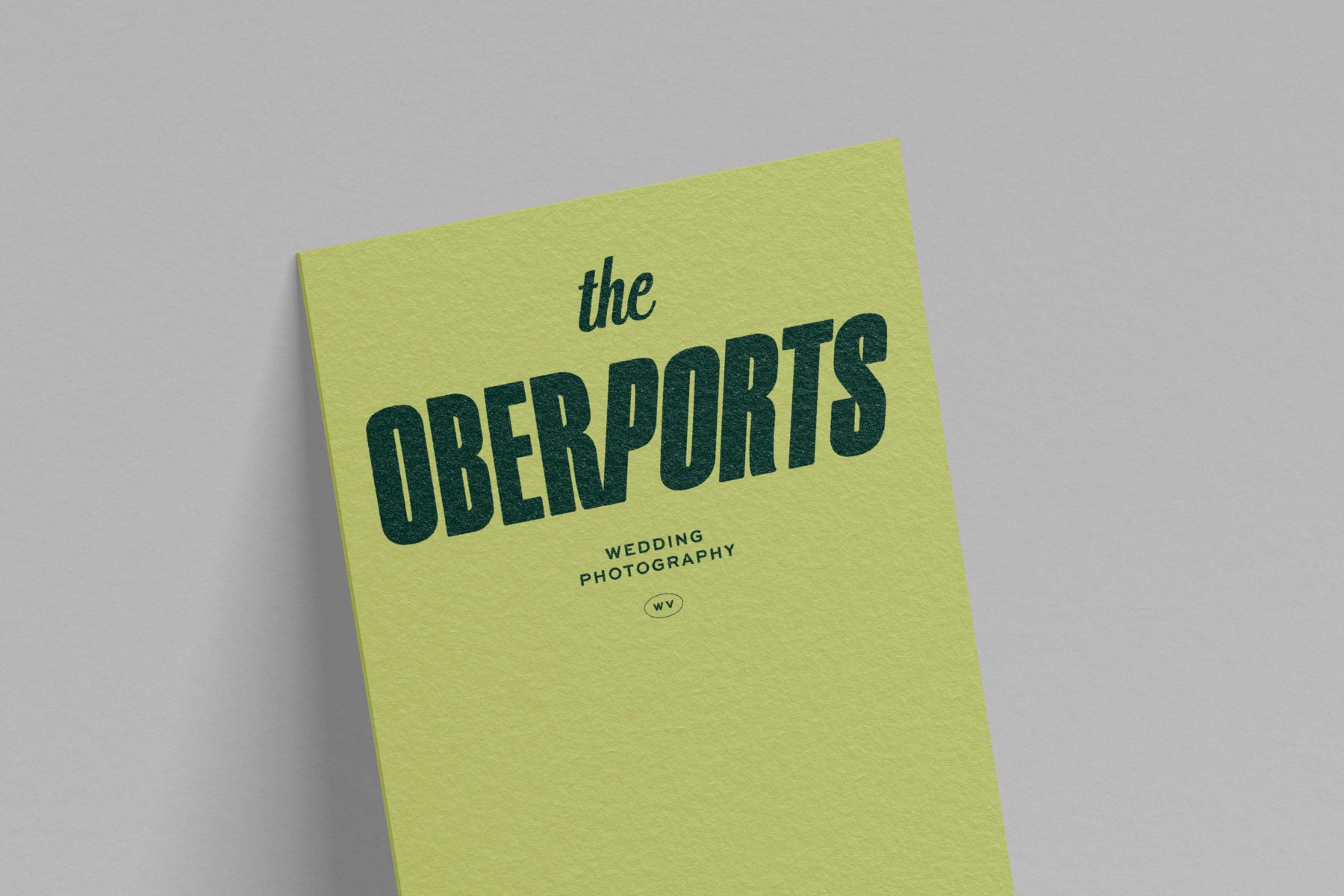In wedding photography, inclusivity is more than a buzzword—it’s a commitment to capturing love in all its beautiful forms. For many couples, especially those in larger bodies, wedding planning and photography can feel exclusionary. By understanding the unique needs of these couples and implementing thoughtful practices, photographers can make their work more inclusive and impactful.
Why Representation in Wedding Photography Matters
Many couples in larger bodies don’t see themselves represented in wedding photography portfolios, social media, or magazines. This lack of representation not only alienates potential clients but also perpetuates harmful beauty standards.
Inclusive wedding photography ensures that all couples feel valued and celebrated, reflecting the diversity of love stories in our world.
Common Oversights in Wedding Photography
- Limited portfolio diversity: Many photographers showcase only straight-size couples, which can send a subtle but powerful message that certain body types are less desirable to work with.
- Inadequate posing techniques: Without understanding the nuances of photographing larger bodies, photographers may inadvertently highlight insecurities instead of celebrating beauty.
- Lack of education: Many photographers aren’t trained to photograph diverse body types or skin tones, leading to missed opportunities for more inclusive imagery.
Tips for Inclusive Wedding Photography
Creating inclusive imagery requires intention, education, and empathy. Here are actionable strategies to ensure every client feels celebrated:
1. Build Trust Through Communication
Establish a dialogue with your clients before the shoot. Ask thoughtful questions, such as:
- Are there any parts of your body you’d like me to minimize in the photos?
- What features do you love about yourself that you’d like highlighted?
- Do you have examples of poses or styles you love?
By addressing these topics early, you create a safe space for clients to express their needs and preferences, reducing anxiety and fostering trust.
2. Pose with Purpose
When photographing couples in larger bodies, avoid poses that may unintentionally draw attention to areas of insecurity. Instead, focus on:
- Movement: Walking, twirling, or interacting naturally often results in more dynamic and flattering photos.
- Angles: Shooting from slightly above or straight on can minimize double chins and create a balanced composition.
- Body positioning: Create an “S-curve” by having clients adjust their stance. For example, crisscrossing ankles or turning slightly at an angle can emphasize curves in a flattering way.
- Avoid tight cropping: Provide some breathing room in your framing to balance proportions.
3. Educate Yourself on Posing and Editing
Different body types and skin tones require different techniques. For example:
- Wedding gown sizes often run smaller than street sizes, so helping clients feel comfortable in their chosen attire is essential.
- Understand how to pose plus-size couples to avoid awkward or unflattering angles, such as face-to-face poses that compress bodies unnaturally.
- Practice editing for a range of skin tones. Lighting and camera sensors often favor lighter skin tones, so invest time in mastering diverse editing techniques to ensure everyone’s features are highlighted beautifully.
4. Encourage Engagement Sessions
Engagement sessions are a great opportunity to build rapport with your clients and refine your approach. Use this time to explore poses and identify what makes the couple feel most confident. This practice session ensures the wedding day feels seamless and stress-free.
Showcasing Diversity in Your Portfolio
If you want to attract diverse clients, your portfolio should reflect that. This isn’t about tokenism but about genuinely showcasing a range of love stories. Here are best practices for making your portfolio more inclusive:
- Diversify your gallery: Ensure your website and social media include images of couples with varying body types, skin tones, and relationship dynamics.
- Regular updates: Review your portfolio regularly to ensure it represents the clients you want to attract.
- Intentional curation: For your website’s homepage or wedding galleries, include multiple examples of the diversity you celebrate. Representation on these key pages sets the tone for your brand.
Overcoming Challenges in Inclusive Photography
Inclusivity doesn’t happen by accident—it requires education and intentionality. For example:
- Be aware of how camera sensors may naturally favor lighter skin tones and adjust your techniques accordingly.
- Avoid letting societal biases influence the way you approach posing or editing. All bodies are beautiful and worthy of celebration.
- Understand that inclusive practices are an ongoing learning process. Attend workshops, seek feedback, and continuously refine your skills.
Final Thoughts: Inclusivity as a Standard, Not an Exception
Every couple deserves to feel celebrated, valued, and seen in their wedding photos. Inclusive wedding photography goes beyond capturing beautiful images; it creates a meaningful experience for couples of all body types, skin tones, and love stories. By educating yourself, diversifying your portfolio, and building trust with your clients, you can ensure your work reflects the beauty and diversity of love. Let’s move beyond tokenism and into authentic representation—because every love story deserves to be told beautifully.

About Christine Wright
Christine is a Houston and Toronto-based wedding photographer who has been capturing couples for almost ten years. She is high-key obsessed with getting the perfect shot and highlighting all body types, which has resulted in global recognition from media giants like Cosmopolitan, People, Skinny Mommy and Popsugar. An advocate for plus-size couples and representation in media, she has started speaking about the unique challenges they face when planning a wedding and finding the right media team to capture them. She has recently started educating wedding photographers and videographers on how to communicate and capture couples who exist in larger bodies.
Christine’s Links
Check out these posts next:
- How to Niche Down without Fear with Maddie Peschong
- How to Create a Case Study as a Wedding Photographer with Jocelyn Montemarano
- Creator Brand Archetype Examples for Photographers - October 28, 2025
- Everyperson/Everyman Brand Archetype Examples for Photographers - October 9, 2025
- Jester Archetype Brands: Examples for Photographers - September 23, 2025
12/06/24
Published On:
Krystianna Pietrzak






